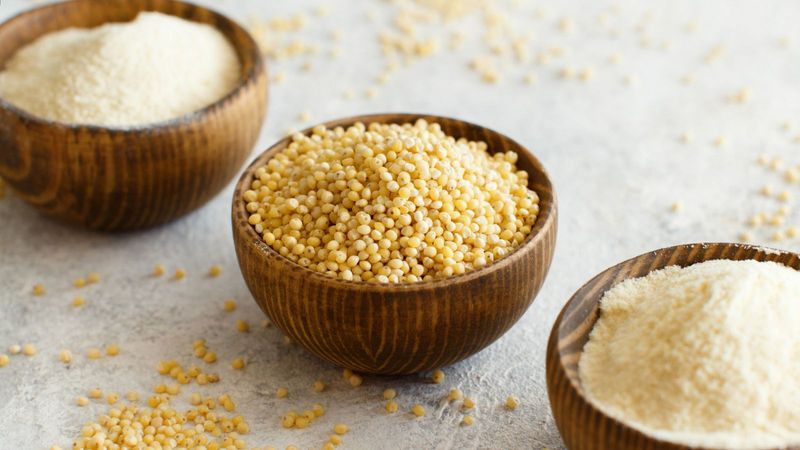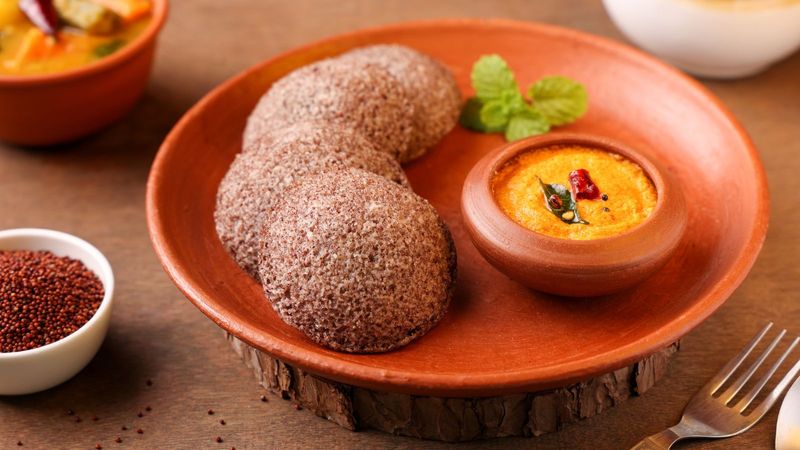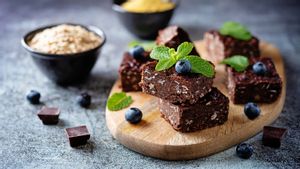In a significant stride towards promoting sustainable agriculture and nutrition, the year 2023 has been designated as the International Year of Millets. This commendable initiative follows the successful proposal put forth by India to the Food and Agriculture Organization (FAO). Millets, despite facing a decline in cultivation over the past six decades, have shown promise with increased productivity due to the adoption of high-yield varieties and advanced technologies. This pivotal year aims to shed light on the virtues of millets, offering a valuable opportunity for those preparing for various government exams to enhance their knowledge.
How did millets gain importance?
After the push from the Government of India, 2023 was designated as the National Year of Millets, to bolster the production of these nutrient-rich grains and the industries intertwined with their cultivation. This initiative holds the potential to propel millet production and consumption within the nation. By amplifying millet production, we fortify our efforts against hunger and contribute to mitigating the long-term effects of climate change.

Why are millets so important?
Millets, ancient staples in the realm of sustenance, thrive as hardy crops with small seeds, flourishing even in arid and rain-fed regions with modest soil fertility and moisture. Hailing from low-fertility land, tribal zones, and mountainous terrains, these areas encompass Haryana, Uttar Pradesh, Chhattisgarh, Gujarat, Rajasthan, Madhya Pradesh, Maharashtra, Andhra Pradesh, Karnataka, Tamil Nadu, and Telangana.
Remarkably, millets mature from seed to harvest in a mere 65 days, a quality of profound importance in densely populated regions. When stored properly, these grains remain viable for over two years, embodying their significance as famine reserves—a lifeline during India's mercurial monsoons.
Millets and sustainability
In the quest for sustainable agricultural practices, the spotlight is increasingly turning towards millets as a viable replacement for water-intensive crops like rice. Traditional crops, especially rice, demand substantial amounts of water, often straining local water resources and exacerbating water scarcity concerns. Millets, on the other hand, present an ecologically sound alternative. These hardy grains are well-adapted to diverse climatic conditions and require significantly less water to thrive. By embracing millets as a substitute for water-intensive crops, we not only alleviate the pressure on water reserves but also contribute to improved soil health and reduced greenhouse gas emissions. This shift not only holds the promise of bolstering food security but also aligns with the imperative of practising responsible and sustainable agriculture in the face of escalating environmental challenges.

The variety of millets in India
India's diverse cultivation of millets encompasses varieties. Each type boasts regional names and unique qualities.
- Barnyard millet: Known as kuthiravali in Tamil, oodhalu in Kannada, odalu in Telugu, kavadapullu in Malayalam, and sanwa in Hindi, this millet is notable for its high iron and fibre content.
- Finger millet: Referred to as ragi in Kannada, ragulu in Telugu, kelvaragu in Tamil, koovarugu in Malayalam, and mundua in Hindi, this staple grain shares similarities with oats and cereals and is cherished for its nutritional value.
- Foxtail millet: Known as thinai in Tamil, kirra in Telugu, thinna in Malayalam, navane in Kannada, and kangni in Hindi, this millet variety is abundant in minerals and vitamins, enhancing its nutritive qualities.
- Little millet: Called chama in Malayalam, same in Kannada, samai in Tamil, sama in Telugu, and kutki in Hindi, this millet is rich in both iron and fibre, contributing to a wholesome diet.
- Proso millet: Referred to as barri in Hindi, panivaragu in Tamil and Malayalam, and baragu in Kannada, this versatile millet type offers various culinary possibilities.
- Pearl millet (Bajra): Known as bajra in Hindi, sajje in Kannada, sajjalu in Telugu, kambu in Tamil, and kambam in Malayalam, this millet stands out as a potent source of dietary protein and other essential nutrients.
- Sorghum: Commonly referred to as jowar, sorghum is another type of millet that plays a significant role in nutrition and agriculture. It serves as a valuable source of sustenance and can be found under various names in different languages.

Nutritional importance of millets
Millets, often referred to as nutri-cereals, boast an impressive nutritional profile that contributes to their growing popularity in modern diets. These grains are rich in dietary fibre, vitamins, minerals, and essential nutrients. Millets are notably gluten-free, making them an excellent choice for individuals with gluten sensitivities. They offer a range of health benefits, including:
- Rich in complex carbohydrates: Millets provide a substantial source of complex carbohydrates, offering sustained energy release and helping to regulate blood sugar levels.
- High dietary fibre content: Millets are abundant in dietary fibre, which supports digestive health, aids in weight management, and helps prevent constipation.
- Protein powerhouse: Millets contain a good amount of protein, which is essential for muscle growth, repair, and overall body function.
- Vitamins and minerals: Different types of millet offer various vitamins and minerals. They are particularly rich in B vitamins, such as niacin (B3) and pyridoxine (B6), which play vital roles in metabolism and nerve function. Additionally, millets contain minerals like iron, magnesium, phosphorus, and potassium, contributing to bone health, nerve function, and overall vitality.
- Antioxidants and phytochemicals: Millets contain antioxidants and phytochemicals that combat oxidative stress, reduce inflammation, and contribute to overall well-being.
- Low glycemic index: Millets have a lower glycemic index compared to some other grains, resulting in slower digestion and a steadier release of glucose into the bloodstream. This property can help manage blood sugar levels.
- Heart health: The high fibre content and presence of healthy fats in some millets contribute to heart health by helping to lower cholesterol levels and maintain a healthy cardiovascular system.
- Bone health: Millets are good sources of calcium and magnesium, which are essential for maintaining strong bones and teeth.
- Gluten-free option: Millets serve as a valuable alternative for those who need to avoid gluten, offering a versatile option for gluten-free diets.
- Nutrient density: Millets are nutrient-dense, meaning they provide a high concentration of essential nutrients in relatively small portions, supporting overall nutrition.

Here is how to add millets to your diet
Introducing millets into your diet can be a nutritional game-changer, but it's important to navigate their incorporation wisely. Here are the dos and don'ts to ensure you make the most of these nutrient-rich grains.
- Diversify millet types: Experiment with different types of millets like jowar, bajra, ragi, and foxtail millet to enjoy a variety of flavours, textures, and nutritional benefits.
- Balance portion sizes: While millets are nutritious, moderation is key. Portion control ensures you get their benefits without excessive calorie intake.
- Include whole millets: Opt for whole millets instead of refined versions to retain maximum nutritional value and dietary fibre.
- Combine with vegetables: Mix millets with a variety of colourful vegetables to enhance their nutrient content and create balanced meals.
- Pair with protein: Complement millets with sources of protein like lentils, beans, tofu, or lean meats for a complete and satisfying meal.
- Prioritise variety: Use millets as part of a diverse diet to ensure you're receiving a wide range of nutrients from various food sources.

Here is what to avoid while adding millets to your diet
- Avoid overconsumption: While millets are beneficial, consuming them in excess can lead to excessive calorie intake. Maintain a balanced diet.
- Limit refined millet products: Minimise consumption of processed millet products like sugary cereals or snacks, as they may lack nutritional value.
- Don't rely solely on millets: While millets are nutritious, it's important to maintain a balanced diet by including a variety of other food groups.
- Avoid frying: Refrain from deep-frying millet-based dishes, as this can increase calorie content and negate some of their health benefits.
- Don't skip soaking: When using whole millets, soaking them before cooking can improve digestibility and reduce cooking time.
- Beware of allergies: While millets are generally well-tolerated, be cautious if you have allergies or sensitivities to any type of grain.
Numerous restaurants and chefs have embraced the task of introducing menus enriched with millets. Through crafting delightful dishes, they are reshaping our views and perceptions of millets as incorporating millet into one's diet can help diversify nutrient intake and promote a balanced and wholesome approach to eating. Whether as whole grains, flour, or in a variety of dishes, millets offer a range of health benefits that make them a valuable addition to any diet.
Disclaimer: Before incorporating any aforementioned food suggestions into your diet, consult with your family physician or a diet specialist. Individual reactions to different foods can vary significantly, and what may be beneficial for one person could potentially cause adverse effects in another. The information provided above is a compilation of general benefits associated with consumption of particular food and may not apply universally to every body type. Always prioritise personalised medical advice to ensure your specific health needs and dietary restrictions.


_1692950854819_thumb_1200.jpeg?w=3840&q=75)

